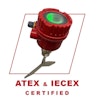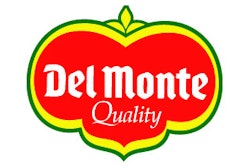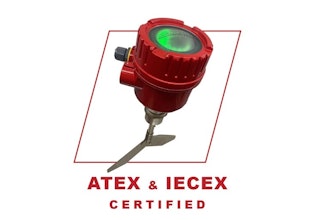Have you ever heard a high-pitched whine from an electric motor? Have you seen a bearing fail due to inadequate lubrication or contamination? How about a contact oil seal that has damaged your equipment? If so, chances are that a non-contact bearing isolator is available for your situation.
Bearing isolators are used to retain lubrication, exclude contamination, and extend the service life of the equipment in which they are installed. Multiple oil seals have long been used to protect bearings. Figure 1 depicts a typical configuration used to prevent lubrication egress and contamination ingress. Both functions, which require at least two, and in some cases three oil seals, can be performed by a single bearing isolator.
Early bearing isolators consisted of metallic components with simple pathways to act as dynamic sealing elements with O-rings to provide a static seal on the shaft and bore housing. Today’s bearing isolators are highly engineered seals with tight tolerances, intricate labyrinth pathways with abrupt directional changes, and special features for improved sealing (Figure 2).
Standard bearing isolators are used to prevent premature bearing failure due to condensation from daily wash downs, inadequate labyrinth excluder ring (LER) seals, and aggressive chemical attack. They are manufactured from a variety of materials depending upon the application requirements, including: size, temperature, the application itself, media, pressure, and speed (STAMPS). This information is required to determine the type of material that will be used, and any special features that are needed to adequately seal the application. If the sealing solution is based on inaccurate or incomplete information, there is a good chance it will fail.
Industry Standards
Industry standards are among the most limiting factors with regard to material requirements. For example, the American Petroleum Institute’s API 610 standard requires that all bearing isolators for the petroleum, heavy-duty chemical, and gas industries be made of non-sparking material. Although this standard applies strictly to these industries, it has been adopted by others as well. As a result, bronze is the most common material used in the manufacture of metallic bearing isolators. Even though it does not comply with the API 610 standard, the second most common material is stainless steel, used primarily in applications subject to FDA approval.
If a metallic bearing isolator is not mandatory, polytetrafluoroethylene (PTFE) mixtures can provide similar characteristics. PTFE can be used to make FDA-compliant and chemical-resistant bearing isolators. Although PTFE isolators are not as common as metallic ones, they are often a better solution depending on the application and equipment.
O-rings should also be considered in reviewing the application. Most manufacturers equip their standard bearing isolators with brown FKM O-rings. Depending on the application, O-rings made of PTFE-encapsulated FKM, AFLAS, or silicone can be specified instead. Improper material selection causes O-rings to be the first component to fail in the event of chemical attacks or extreme temperatures.
Size and temperature are often assumed to be enough information for a manufacturer to provide an effective sealing solution. Although both are important, the STAMPS data is needed to provide a viable bearing isolator for a particular application. Application data sheets help ensure all relevant data is collected, and should be completed for review by application and product design engineers.
Tune into Friday’s Chem.Insider Daily for part two of this two-part piece. For more information, please visit www.garlock.com.























